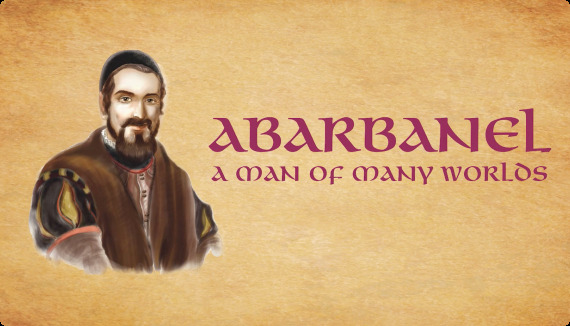The current Jewish world has a fascination regarding graves, especially the graves of righteous people and holy humans. There are regular tours to Eastern Europe and other locations that are almost exclusively devoted to visiting the gravesites of the leading rabbinic figures of past centuries. This is especially true in the Chasidic world where massive tours to visit Uman, for example, to pray at the gravesite of Rabbi Nachman of Breslav, involve many tens of thousands of visitors every year. It is the biggest tourist attraction in the Ukraine. The irony here is that a country so steeped in Jewish blood, for centuries, should nevertheless profit from having certain Jews buried in that ground. But, I digress. There are also regular organized tours to visit the graves of other great Chasidic leaders buried in Eastern Europe such as Rabbi Elimelech of Lizensk. Many of the graves of the famous holy Jews of Eastern Europe were destroyed in World War II and thereafter. There are today major efforts in the Jewish world to relocate, refurbish and re-consecrate these graves. In short, grave visiting is currently a great industry. Here in Israel, visiting the graves of the great sixteenth century rabbis of Tzfat and the tombs of the second century holy men of the Mishna in Meron, Tiberias and other locations in the Galilee, is a custom observed by hundreds of thousands of Israelis every year. The custom of visiting the graves of the righteous is observed by all sections of the Jewish world, Sephardic, Ashkenazic, Lithuanian, Chasidic, and even has a significant following among otherwise secularly minded Jews.
The Midrash records for us that when Moshe sent the twelve spies on their mission to bring back intelligence on the state of the Canaanites in the Land of Israel, Calev went to Chevron to the Tomb of the Patriarchs and prayed there for their help in making his mission successful. The Talmud records for us that Yirmiyahu the prophet also visited the Tomb of the Patriarchs in Chevron to beg them to somehow prevent the impending destruction of the Temple and Jerusalem. Nevertheless, there is a biblical injunction "not to turn to the dead [for help.]" Praying to the dead was seen in the Torah as being an idolatrous practice. There has always been a tension in the Jewish world regarding praying at graves. Jewish law books stress that one should never pray to the dead but rather one should gain inspiration by recalling their righteousness and thereby pray to the Lord more intensely and effectively. This view of the matter has not found popular resonance. The Ari (Rabbi Yitzchak Luria, famed sixteenth century kabbalist) stated that one should not visit cemeteries at all, except when it is tragically incumbent to be present there. Ironically, the grave of the Ari itself is one of the most visited graves in the cemetery of Tzfat! Whatever the reasons and arguments for this long-running rabbinic discussion on the matter, the custom of visiting the graves of the righteous to ask their help by their interceding in Heaven on behalf of the living is firmly entrenched within Jewish practice and communal life.
The marking of Jewish graves by monuments is also an ancient Jewish custom. Our father Jacob erected a monument over the grave of his beloved wife Rachel near Bethlehem. There is a monument there even today, as the Torah told us that it would be so marked "until this very day." The monuments over Jewish graves are important sources of information regarding the history of the Jews. Monuments not only tell us something about the person buried there but also almost always indicate information about the community and the conditions of life at the time of the person's existence. There are countless books dedicated to record the stories of the monuments in the cemeteries of the major Jewish cities of Europe. As ghoulish as it may sound, it is a fascinating avenue for the pursuit of historical knowledge of past Jewish life. Monuments thus become not only a marker of the last abode of the dead but also a point of reference and thought, even inspiration and hope, for the living. Thus, refurbishing the monuments of the dead has also become accepted and considered to be an honorable and necessary Jewish practice. Jews respect and value life. They also honor and respect their dead.
Berel Wein



